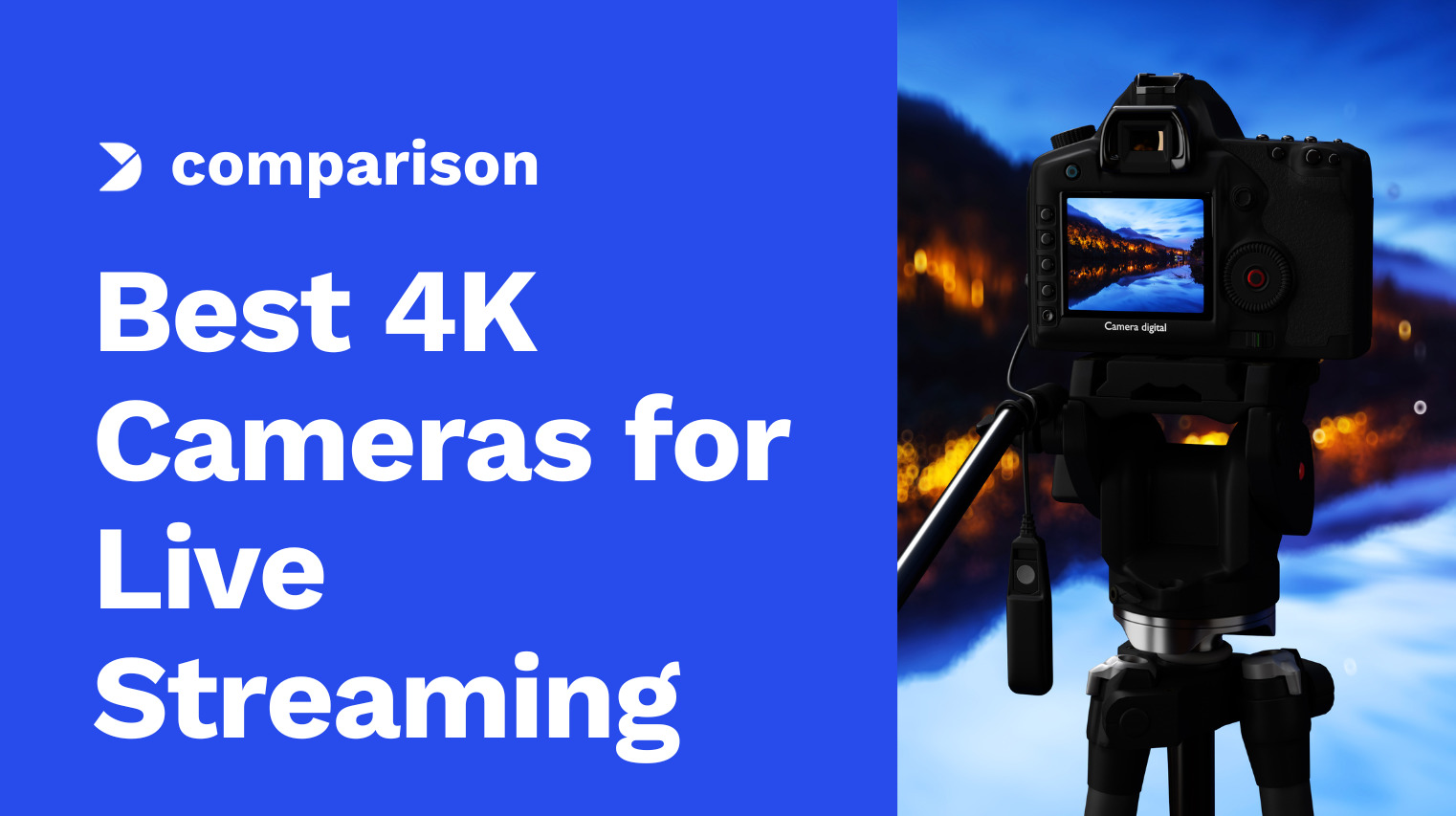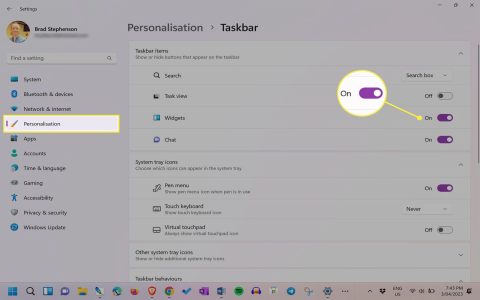Upgrading to a 4K live streaming camera significantly elevates your broadcast quality, offering tangible benefits beyond just higher pixel count. Here's why it's becoming essential:
Key Advantages of 4K for Live Streaming
- Unmatched Detail & Sharpness: 4K resolution (3840 x 2160 pixels) provides four times the detail of Full HD (1080p). This translates to noticeably sharper images, revealing textures and intricate details often lost in lower resolutions. Text overlays, fine patterns, and complex scenes appear crystal clear.
- Superior Cropping Flexibility: Record and output in 4K, but stream in 1080p? This workflow is a game-changer. You can digitally zoom in significantly on the 4K frame during live production or in post (for VODs) while maintaining Full HD quality in the cropped section. This allows for dynamic reframing, close-ups without pixelation, or simulating multiple camera angles.
- Enhanced Downscaling Quality: Streaming in 1080p sourced from a 4K feed yields superior results compared to native 1080p capture. Downscaling combines the information from multiple 4K pixels to create each 1080p pixel, resulting in richer color depth, reduced noise, smoother gradients, and overall higher perceived sharpness for the delivered stream.
- Future-Proofing Your Content: As internet speeds increase and 4K displays become ubiquitous, content shot in 4K retains its value. Your live streams and recordings remain visually relevant and impactful for viewers watching on high-resolution displays now and in the future.
- Improved Low-Light Handling (Generally): While not universal, many higher-tier 4K cameras feature larger, more light-sensitive sensors than typical HD webcams or entry-level camcorders. This translates to cleaner, less noisy images in challenging lighting conditions.
- Elevated Professionalism: The visible jump in image fidelity signals a commitment to quality, enhancing viewer perception and setting your streams apart from those relying solely on HD sources.
Beyond Resolution: Essential Considerations
4K is a powerful tool, but success demands attention to supporting factors:
- Encoding Power: Processing and encoding 4K video requires significant computing resources. Ensure your computer has a powerful CPU and ideally a dedicated GPU capable of handling the H.264 or HEVC encoding load reliably for smooth streaming.
- Bandwidth Requirements: Streaming pristine 4K demands a robust upload connection. For live 4K delivery, high sustained upload speeds (typically 25 Mbps+) are crucial. Even when downscaling to 1080p, the raw 4K capture demands high throughput from camera to computer.
- Storage Capacity: 4K video files are substantially larger. Plan for ample storage space on your recording drive and consider efficient editing workflows.
Investing in a 4K live streaming camera fundamentally enhances visual fidelity, production flexibility, and perceived value. While requiring adequate hardware and bandwidth, the benefits in clarity, workflow options, and future readiness make it a compelling choice for serious streamers aiming for the highest broadcast quality.













